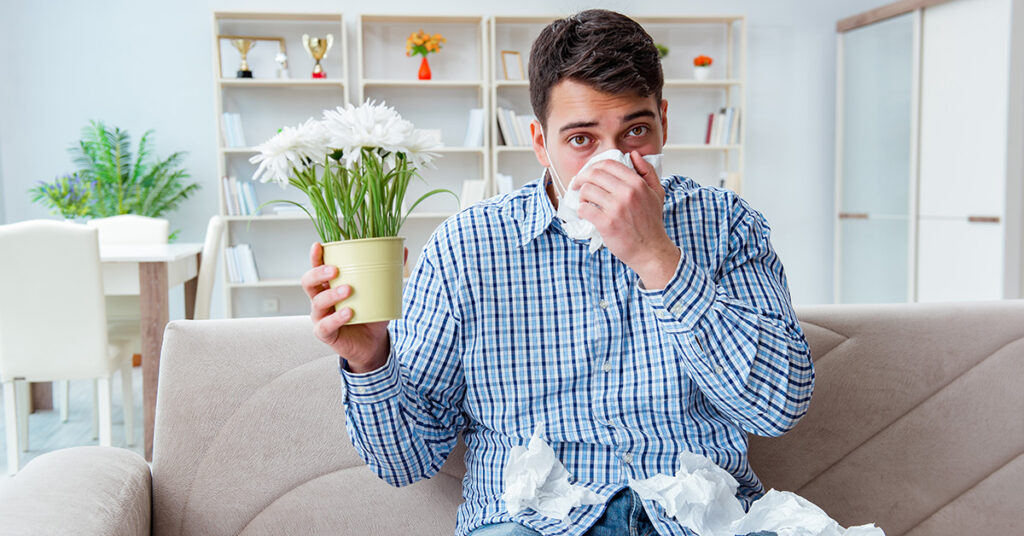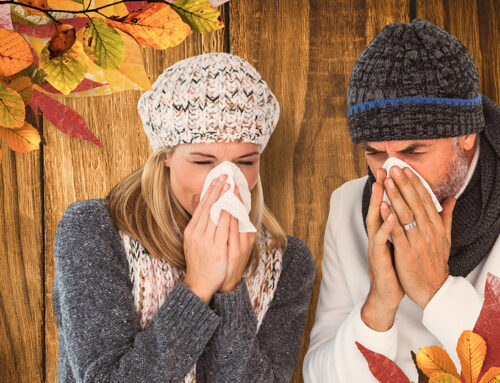
Allergies can transform your sanctuary into a sneeze-fest. But with the right strategies, you can turn your home into a fortress against allergens. This room-by-room guide offers practical tips to minimize allergens in your living space, providing a safer, more comfortable environment for
you and your family.
The Bedroom: A Haven for Rest, Not Allergens
Bedding
Encase mattresses, pillows, and box springs in dust mite-proof covers. Dust mites love to dwell in bedding, but these covers can keep them at bay. Wash bedding weekly in hot water to kill dust mites and remove allergens.
Flooring
If possible, replace carpets with hard flooring like hardwood or tile. Carpets can trap allergens, making them difficult to remove.
If you must keep carpets, vacuum regularly with a HEPA filter vacuum cleaner.
General Tips
Keep pets out of the bedroom to avoid pet dander. Use an air purifier with a HEPA filter to continuously clean the air of allergens.
The Bathroom: Combating Mold and Mildew
Ventilation
Use an exhaust fan during and after showers to reduce humidity, which can encourage mold growth.
Open windows when weather permits to improve air circulation.
Surfaces
Regularly clean and dry surfaces where mold tends to grow, like shower curtains, tiles, and the bath mat.
Consider using mold-resistant paint in areas prone to moisture.
The Living Room: Social Space Without the Sneezes
Upholstery and Soft Furnishings
Opt for leather or vinyl furniture over fabric upholstery, which can harbor allergens. Wash throw blankets and cushions regularly.
Electronics and Clutter
Dust regularly, as electronics and knick-knacks can collect dust. Use a damp cloth to avoid kicking dust into the air. Minimize clutter where dust can accumulate.
The Kitchen: Keeping Allergens Off the Menu
Food Allergies
Store food in airtight containers to avoid cross-contamination. Clean surfaces thoroughly after meal preparation, especially if you're dealing with food
allergens.
Ventilation
Use an exhaust fan to remove cooking fumes and reduce humidity.
Trash and Recycling
Dispose of food waste promptly in a sealed trash can to discourage pests like cockroaches, which can be allergenic.
The Laundry Room: A Clean Approach to Allergies
Washing
Use a dust mite-proof laundry additive or wash your clothes in hot water to kill dust mites and remove allergens. Dry laundry thoroughly to prevent mold growth.
Cleaning Products
Opt for hypoallergenic and fragrance-free detergents to avoid chemical irritants.
The Great Outdoors (Patio and Garden)
Pollen Control
Keep windows and doors closed during high pollen seasons. Use a doormat and remove shoes at the door to minimize tracking pollen indoors.
Plants
Choose allergy-friendly plants for your home and garden. Some plants can exacerbate allergy symptoms due to their pollen.
Allergy-proofing your home is an ongoing process, but it doesn’t have to be overwhelming. Tackling one room at a time and implementing these strategies can significantly reduce allergens in your home, making it a more comfortable and healthier living space for everyone, especially allergy sufferers. Remember, the goal is to create an environment where you can relax and breathe easier.




